(5) eset ostukorvis
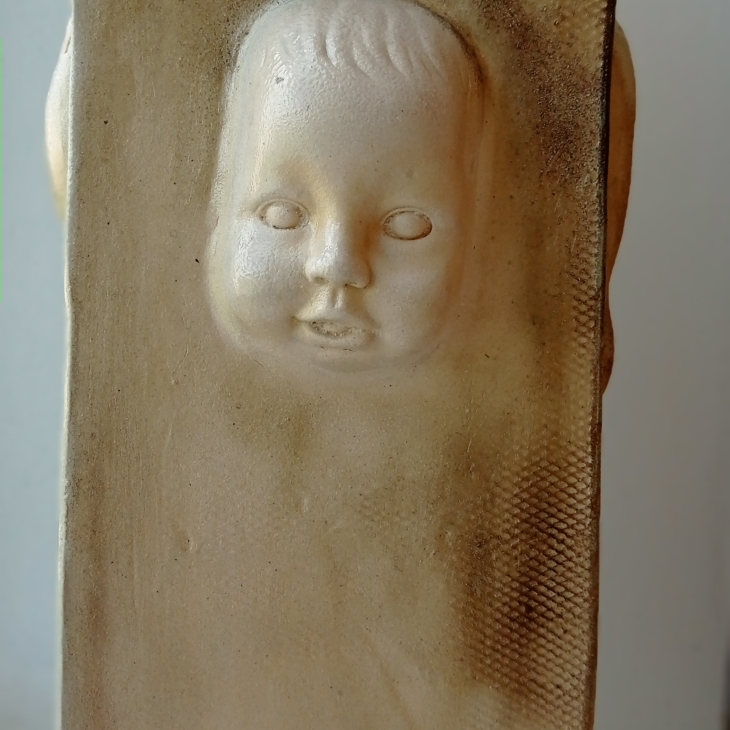
Hind: €300
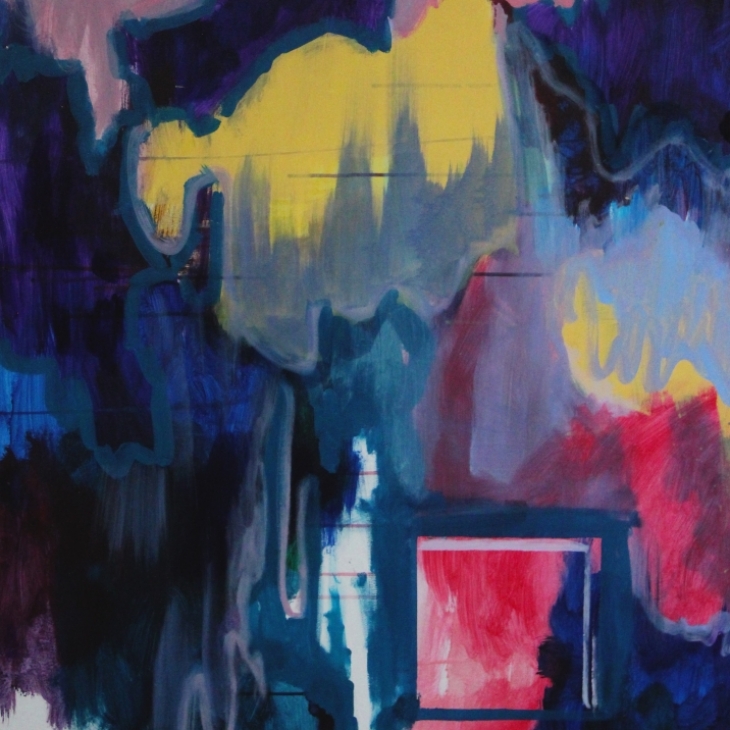
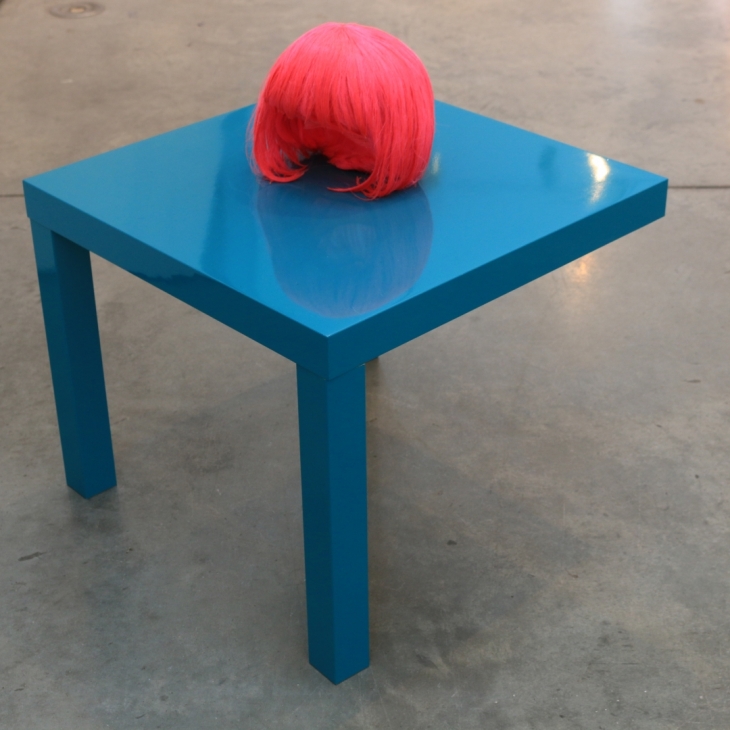
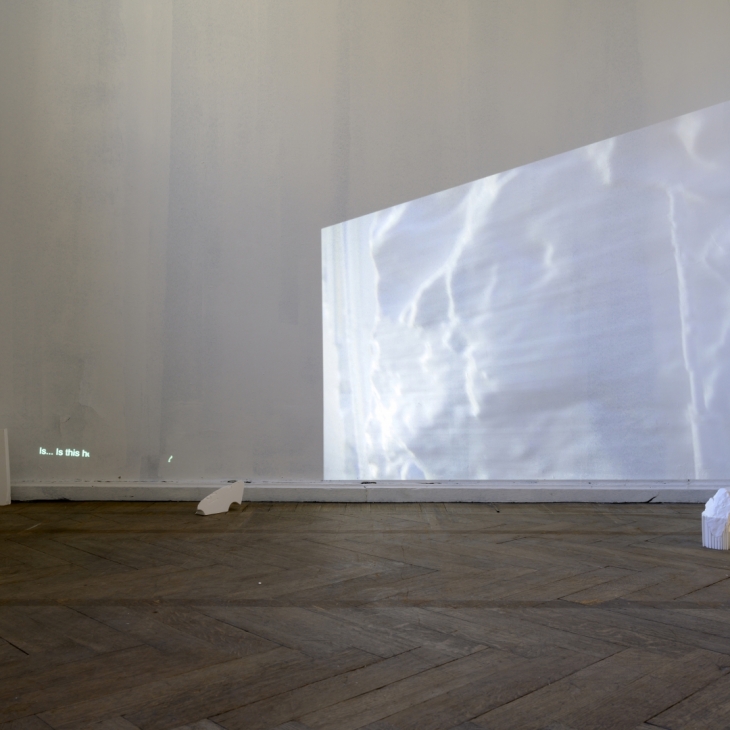
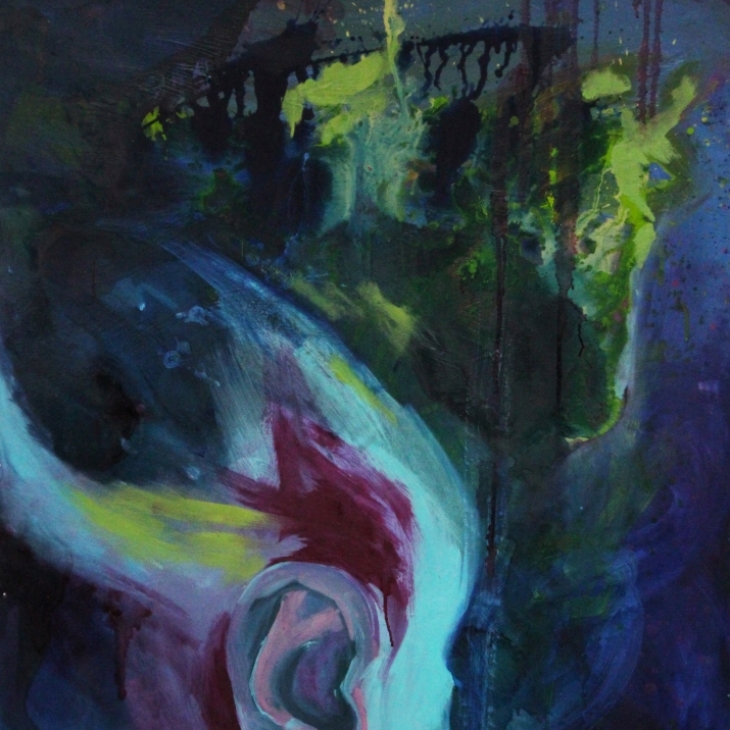
“A master of painting by improvisation inseparably rooted in the culture of his personal experience” – this was Solomon Gershov in the words of his fellow artist and art historian Andrey Ender. Gershov’s creative journey began with drawing lessons by Yudel Pen, often referred to as the Repin of Vitebsk, and a transformative encounter with Chagall’s eccentric genius. Then came a period of studies in Petrograd, where he attended the drawing school run by the Society for the Encouragement of the Arts and the Institute of Painterly Culture, with Kazimir Malevich as his principal teacher. He then spent two productive years at the studio of Pavel Filonov, a noted thinker and practitioner of the expanding Russian Avant-Garde who was a firm believer in the principle of scrupulously “crafted” art. Gershov would later mention Rublev, Dionisy, Cimabue, Velazquez, Rembrandt, Cezanne, Vrubel and Picasso as his other major influences.

Photo: Torhko Museum
As an emerging artist, Gershov blossomed in the fertile ground of Leningrad’s vibrant cultural life of the 1920s and early 30s. He saw “old masters” at the Hermitage Museum and visited the exhibitions of the “new-style” artists. This was also when Gershov developed a friendship with Boris Erbstein, a student of Kuzma Petrov-Vodkin and Vsevolod Meyerhold. At the same time, his social circle included Dmitri Shostakovich, Ivan Solelrtinsky, Maria Yudina, Isai Braudo, Daniil Kharms, Alexander Vvedensky, Nikolay Zabolotsky, Erast Garin, Vera Kostrovitskaya and the Circle Art Group.
In the 1950s through 1980s, Gershov became a connective link in the broken chain of development in Russia’s art with his creative synthesis of classical traditions and the pioneering innovative spirit of the 1920s Avant-Garde.
True to the old advice of his early teacher, Chagall, who had told him, “Don’t mind the others, you do you,” Gershov was set on carving out his own creative path. This helped him sidestep blind epigonism and hone a highly individual and instantly identifiable expressionistic style.
Tragically, Gershov’s earlier work is all but lost. War and politically motivated persecution, which resulted in two arrests and several years in forced labour camps, did not spare the artist’s archives. Aged fifty, he turned a new leaf and effectively started rebuilding from scratch. The last thirty years of his life were highly intense in terms of creation. He painted on canvas and produced hundreds of prints and drawings on paper. Gershov’s mature output stands out with original ideas and expressive execution. He improvised around the subjects of music and dance, interpreted historical and mythological motifs, painted dozens of portraits depicting artists, composers, musicians and scientists, reflected on the great catastrophes of the twentieth century and processed his private tragedies and troubling memories in a compelling visual language that relied on metaphorical expression. However, it is not the themes and subjects but the turbulent and strikingly expressive manner that gives both scale and impact to his images, reveals their poignant tragedy and makes them symbols of much larger universal issues with a deeply philosophical significance.
Gershov’s most significant output includes serial work like “Michelangelo”, “Memories of Vitebsk”, “On Dmitri Shostakovich’s Symphony No 7” and “Requiem” as well as his portraits of Marc Chagall and Pavel Filonov.
Curator Farida Zaletilo
Galerii nimi: Rothko Museum
Aadress: Mihaila iela, Daugavpils, LV-5401, Latvia
Lahtiolekuajad: T 11:00 - 17:00 K-L 11:00 - 19:00 P 11:00 - 17:00
Avatud: 13.09.2024 — 17.11.2024
Aadress: Mihaila iela, Daugavpils, LV-5401, Latvia
Lahtiolekuajad: T 11:00 - 17:00 K-L 11:00 - 19:00 P 11:00 - 17:00
Piletiinfo: Rothko Museum + Martinsons House 16 EUR/8 EUR* Rothko Museum 10 EUR/5 EUR* Rothko’s originals gallery 6 EUR/3 EUR* Martinsons House 6 EUR/3 EUR*
Avatud: 13.09.2024 — 17.11.2024